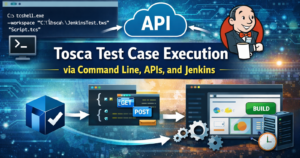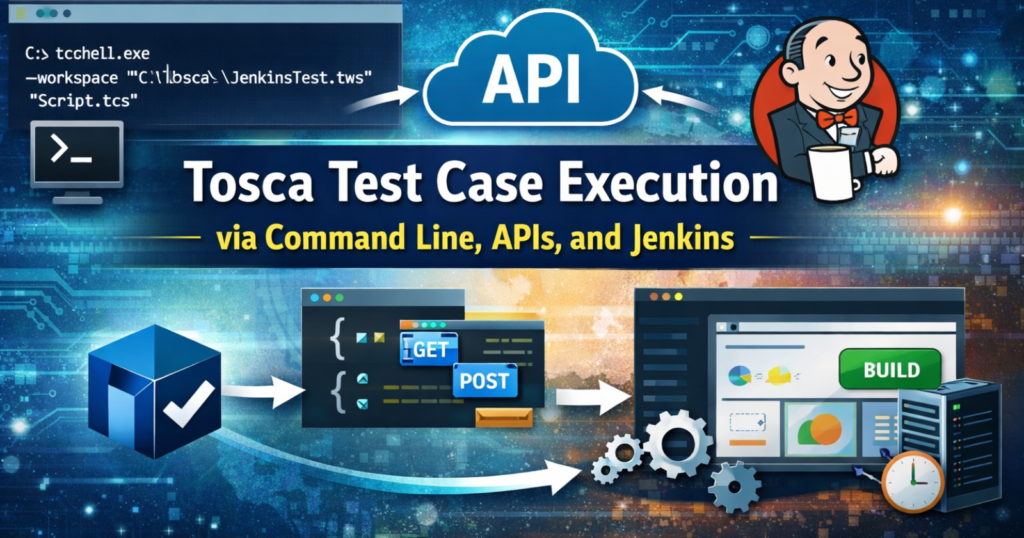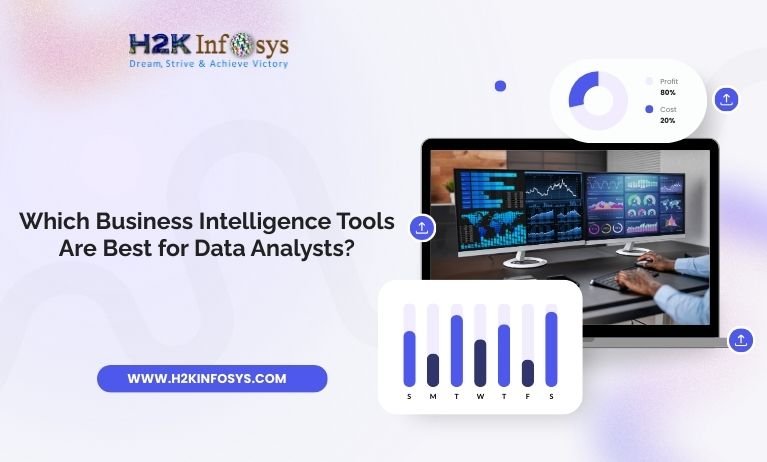Why the Components of Selenium Matter
Testing is no longer optional it’s a necessity. With businesses going digital, every company wants their web applications to run smoothly across devices, browsers, and operating systems. But testing every feature manually is not only exhausting, it’s also prone to errors.
This is where Selenium comes in. Selenium has become the most widely used test automation tool for web applications. But many people mistakenly think Selenium is just one tool. In reality, Selenium is a suite of tools, and its true power lies in its components.
The Components of Selenium IDE, WebDriver, Grid, and RC together create a robust automation ecosystem. If you’re preparing for Selenium training online for beginners or looking to pass a Selenium certification course, knowing these components is essential.
This blog explores each of the Components of Selenium in detail, with examples, tutorials, industry insights, and applications to help you master them.
What is Selenium? A Quick Overview
Selenium is an open-source automation testing framework designed to test web applications. It supports:

- Browsers: Chrome, Firefox, Safari, Edge.
- Operating Systems: Windows, Linux, macOS.
- Languages: Java, Python, C#, Ruby, JavaScript, PHP.
With this flexibility, Selenium holds over 80% of the web automation market share (Source: Software Testing Help, 2024).
But what really makes it effective are the Components of Selenium:
- Selenium IDE (Integrated Development Environment)
- Selenium WebDriver
- Selenium Grid
- Selenium RC (Remote Control) – now deprecated but historically important
Let’s explore them one by one.
Selenium IDE – The Beginner’s Tool
Among the Components of Selenium, Selenium IDE is the simplest. It works as a browser extension for Chrome and Firefox, allowing testers to record their interactions with a website and replay them for testing.
Features of Selenium IDE
- Record and playback functionality – no coding needed.
- Cross-browser testing in Chrome and Firefox.
- Script export into languages like Java, Python, and JavaScript.
- Debugging and error-handling features.
Real-World Example
Imagine you want to test the login page of an e-commerce site. Selenium IDE can:
- Record your actions (entering username and password).
- Replay them as many times as needed.
- Validate whether login succeeds or fails.
This makes Selenium IDE a favorite for quick regression testing.
Sample Command in Selenium IDE
Command: type
Target: id=username
Value: testuser
This tells the IDE to type “testuser” into the username field.
Who Should Use Selenium IDE?
- Beginners in Selenium training online.
- Testers performing quick functional or smoke testing.
Thus, Selenium IDE is often the starting point when learning the Components of Selenium.
Selenium WebDriver – The Core Component
When people talk about Selenium in industry, they are often referring to Selenium WebDriver. Among all the Components of Selenium, WebDriver is the most widely used because it directly communicates with browsers using native APIs.
Features of Selenium WebDriver
- Cross-browser and cross-platform compatibility.
- Supports multiple languages like Java, Python, C#, and Ruby.
- Fast execution compared to Selenium IDE.
- Handles advanced scenarios such as dynamic elements, alerts, and pop-ups.
Real-World Example
Suppose you want to automate flight booking on a travel site:
- Launch Chrome browser.
- Search flights.
- Select travel dates.
- Enter passenger details.
- Verify booking confirmation.
All these steps can be automated using WebDriver scripts.
Java Code Example Using Selenium WebDriver
import org.openqa.selenium.WebDriver;
import org.openqa.selenium.chrome.ChromeDriver;
public class FirstTest {
public static void main(String[] args) {
WebDriver driver = new ChromeDriver();
driver.get("https://www.example.com");
System.out.println("Title: " + driver.getTitle());
driver.quit();
}
}
This script opens Chrome, navigates to a URL, prints the title, and closes the browser.
Why It’s Important
According to Gartner’s 2025 QA survey, 65% of testing teams rely on Selenium WebDriver as their primary tool. Its adaptability makes it a cornerstone among the Components of Selenium.
Selenium Grid – Parallel Testing at Scale

When projects grow, time becomes critical. Running tests one after another takes too long. Selenium Grid solves this by enabling parallel execution.
Features of Selenium Grid
- Hub-Node architecture for distributed testing.
- Run tests across multiple browsers and operating systems simultaneously.
- Reduces execution time significantly.
How Selenium Grid Works
- Hub: The central controller.
- Nodes: Machines that run test cases.
A single hub can control multiple nodes, making Selenium Grid a powerful tool for enterprises.
Simplified Architecture Diagram
Hub (Controller)
/ | \
Node 1 Node 2 Node 3
(Chrome) (Firefox) (Safari)
Real-World Example
A banking app must work on:
- Chrome on Windows.
- Firefox on Linux.
- Safari on macOS.
With Selenium Grid, you can test all three setups simultaneously, cutting down execution time by 70%.
Grid Setup Command Example
java -jar selenium-server-standalone.jar -role hub
java -jar selenium-server-standalone.jar -role node -hub http://localhost:4444/grid/register
Why It’s Crucial
Large organizations like Netflix, Amazon, and PayPal use Selenium Grid to scale testing. This makes Grid one of the most critical Components of Selenium for enterprise use.
Selenium RC – The Legacy Component
Selenium RC (Remote Control) was the first Selenium tool to allow cross-browser testing. It used a client-server model but was slower and harder to maintain.
Why It’s Still Worth Knowing
- Many legacy systems still use Selenium RC.
- It laid the foundation for WebDriver.
- Selenium certification courses often cover it briefly to give learners complete knowledge of the Components of Selenium.
Limitations of RC
- Slower compared to WebDriver.
- Required a server to run.
- Complex setup.
Although deprecated, RC remains part of the history of the Components of Selenium.
Comparison of Components of Selenium
| Component | Purpose | Complexity | Current Relevance |
|---|---|---|---|
| Selenium IDE | Record-playback for beginners | Low | High for starters |
| Selenium WebDriver | Advanced automation | Medium-High | Very high |
| Selenium Grid | Parallel, distributed testing | High | Very high |
| Selenium RC | Legacy cross-browser testing | High | Low (deprecated) |
This comparison highlights how each of the Components of Selenium fits into the bigger picture.
Applications of Selenium Components in Real Life

- E-commerce Testing
- IDE: Record quick login tests.
- WebDriver: Automate product search and checkout.
- Grid: Run tests across Chrome, Firefox, Safari.
- Banking Applications
- WebDriver: Validate transaction flows.
- Grid: Test across multiple devices for compliance.
- Healthcare Portals
- IDE: Quick smoke tests for appointments.
- WebDriver + Grid: Ensure HIPAA compliance across platforms.
These use cases prove the real-world value of mastering the Components of Selenium.
Future of Selenium Components
The future looks promising for the Components of Selenium, with new advancements making them even more powerful:
- AI Integration: Selenium IDE is adopting AI for smart element recognition.
- Cloud Deployment: Selenium Grid is being used on cloud platforms like AWS, Azure, BrowserStack, and Sauce Labs.
- CI/CD Integration: WebDriver is central to modern DevOps pipelines with Jenkins and GitHub Actions.
Industry leaders predict that the Components of Selenium will remain at the core of automation testing for years to come.
Conclusion
The Components of Selenium IDE, WebDriver, Grid, and RC form a complete framework for web automation testing. From beginners recording simple tests to advanced teams running parallel executions in cloud environments, Selenium provides solutions for everyone.
If you want to master these Components of Selenium with real-world projects, H2K Infosys offers expert-led Selenium training online and Selenium certification online.
Enroll today in our Selenium certification course and gain hands-on expertise in automation testing to accelerate your career.
Key Takeaways
- Selenium is not one tool but a suite of four components.
- Selenium IDE is perfect for beginners.
- Selenium WebDriver is the most used component in industry.
- Selenium Grid enables scalable, parallel testing.
- Selenium RC is deprecated but historically important.
- Mastery of the Components of Selenium is essential for online Selenium certification.

























